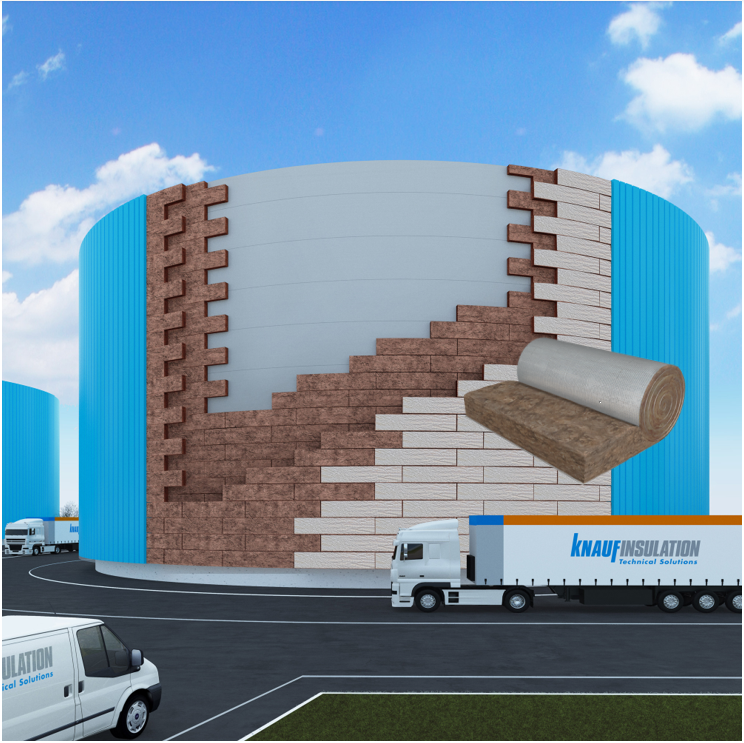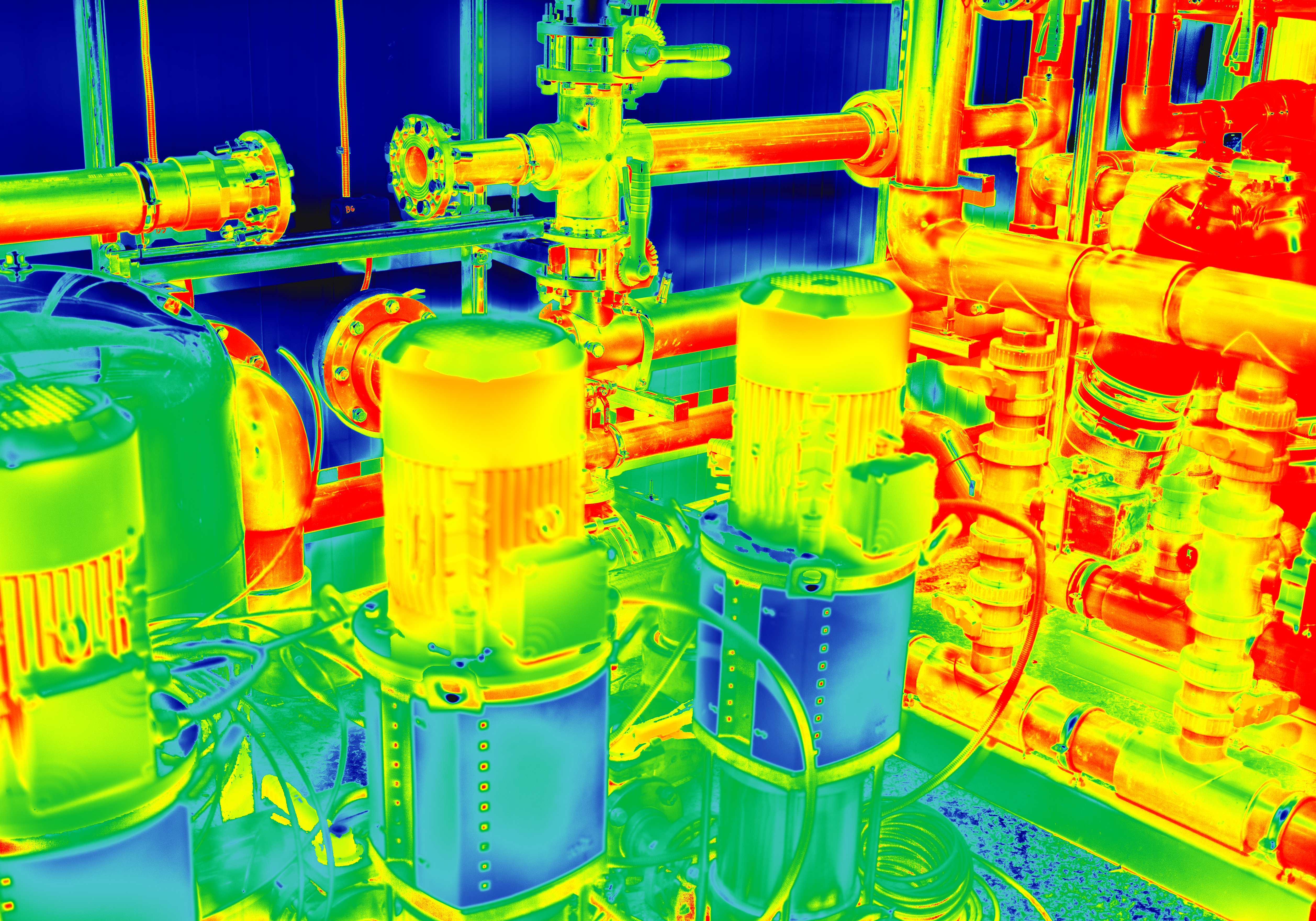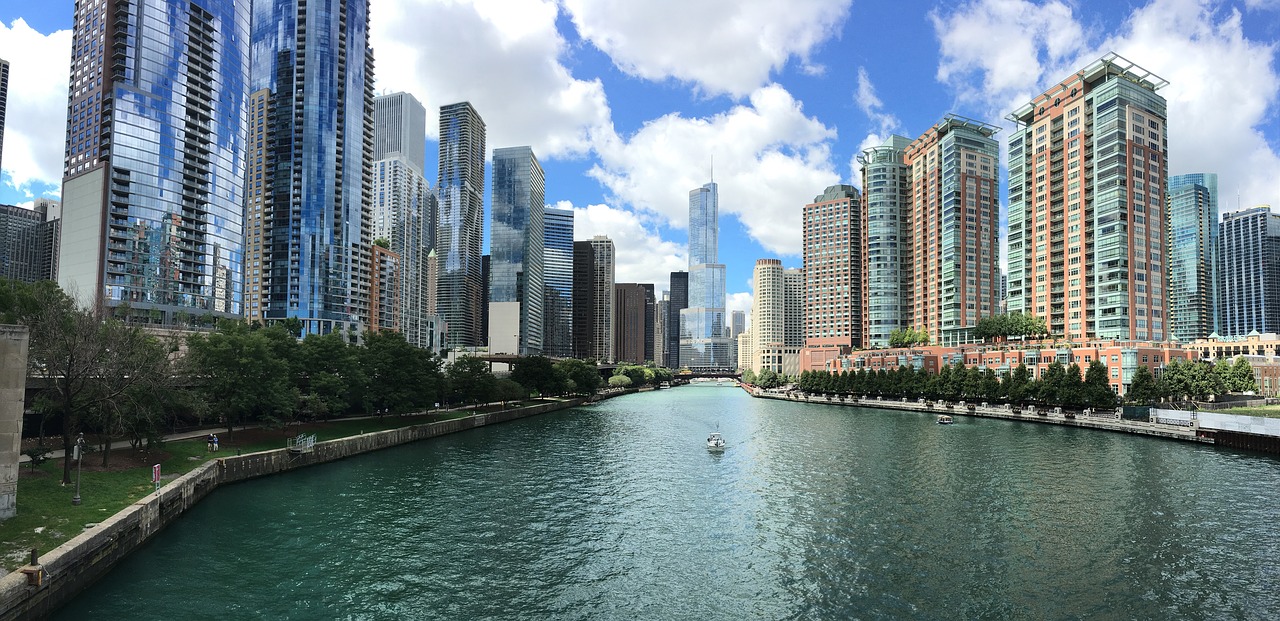- Group websites
- Knauf Insulation worldwide
- Corporate
- Albania
- Algeria
- Australia
- Austria
- Belgium
- Bosnia
- Bulgaria
- Canada
- Croatia
- Czech Republic
- Denmark
- Estonia
- Finland
- France
- Germany
- Greece
- Hungary
- Italy
- Japan
- Kazakhstan
- Latvia
- Lithuania
- Luxembourg
- Macedonia
- Malaysia
- Mexico
- Montenegro
- Morocco
- Netherlands
- New Zealand
- Norway
- OEM
- Poland
- Portugal
- Romania
- Russia
- Serbia
- Singapore
- Slovakia
- Slovenia
- South Africa
- South Korea
- Spain
- Sweden
- Switzerland
- Tunisia
- Turkey
- UAE
- USA
- Ukraine
- United Kingdom
- Knauf Insulation worldwide
- Group websites
- Knauf Insulation worldwide
- Corporate
- Albania
- Algeria
- Australia
- Austria
- Belgium
- Bosnia
- Bulgaria
- Canada
- Croatia
- Czech Republic
- Denmark
- Estonia
- Finland
- France
- Germany
- Greece
- Hungary
- Italy
- Japan
- Kazakhstan
- Latvia
- Lithuania
- Luxembourg
- Macedonia
- Malaysia
- Mexico
- Montenegro
- Morocco
- Netherlands
- New Zealand
- Norway
- OEM
- Poland
- Portugal
- Romania
- Russia
- Serbia
- Singapore
- Slovakia
- Slovenia
- South Africa
- South Korea
- Spain
- Sweden
- Switzerland
- Tunisia
- Turkey
- UAE
- USA
- Ukraine
- United Kingdom
- Knauf Insulation worldwide
- Home
- TIPCHECK Audits: Insights from Plant Managers Paving the Way for Sustainable Energy Efficiency
TIPCHECK Audits: Insights from Plant Managers Paving the Way for Sustainable Energy Efficiency
In an era of growing environmental awareness, industries worldwide are increasingly striving to achieve sustainable development while minimizing their ecological footprint. Among those spearheading this movement are manufacturing plants like the Danogips plant in Åhus, Sweden, which has been producing plaster boards since 1978. Recognizing the importance of energy efficiency and environmental preservation, they recently underwent a TIPCHECK audit to identify areas for improvement. To gain insights into their experience and the impact of this initiative, we spoke with Lena Frödin, Project Manager Maintenance, and Åke Andersröd, Plant Manager at Danogips. This article explores their journey towards energy conservation and how TIPCHECK audits helped them pave the way to a greener future.
The Danogips Plant and Energy Consumption
Danogips, now part of the Knauf group since 1992, takes pride in its longstanding tradition of sustainable development. The plant's main operations revolve around producing plaster boards, utilizing both natural gas (90 GWh) and electricity (10 GWh) as its primary energy sources.
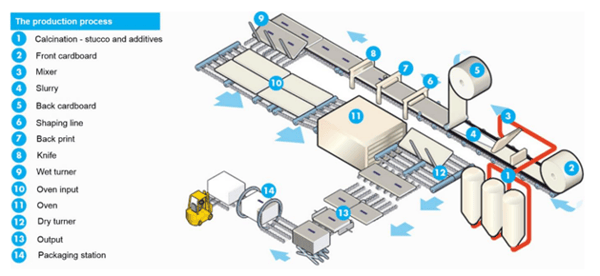
Energy-Saving Initiatives and Achievements
Emphasizing the importance of energy conservation, Åke Andersröd shared that Danogips has been actively engaged in continuous improvement for years. To reduce their environmental impact, the plant recently upgraded its old dryer, which had been in operation since 1958 and was showing signs of wear, resulting in energy inefficiencies. Moreover, the team has been consistently working on reducing water consumption, another crucial aspect of their sustainability efforts.
The TIPCHECK Audit Experience
When asked about their TIPCHECK audit experience, Lena Frödin revealed that the audit preparation involved two meetings to ensure its efficiency, providing the team with all the necessary data. The audit itself, conducted by a TIPCHECK expert alongside their local insulation installer from Fjälkinge Isolering, took just one day to cover the major areas of concern. Afterward, the expert spent a few days calculating the potential energy savings, and Fjälkinge Isolering assisted in quoting the insulation improvement costs and return on investments. A comprehensive report was delivered a few weeks later, followed by a final presentation meeting.
TIPCHECK Audit Findings
The TIPCHECK audit revealed significant savingpotentials on several parts of the factory eqipument, such as chimney, dryer duct, burners and pipes (pictures 1-3), amounting to 52,000 Euros per year, with a total investment of 61,000 Euros. The impressive part is the average payback period, which is less than 15 months, indicating that the energy-saving measures can rapidly offset the initial investment. In some cases, the return on investment is even faster, taking less than 3 months. The potential yearly energy savings were calculated to be 657 MWh, and the CO2 emission reduction amounted to 117 tons, highlighting the substantial environmental impact of their efforts.
Picture1: Chimney
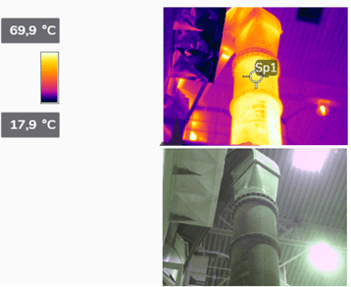
Picture 2: Dryer duct
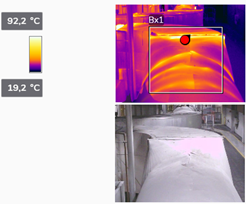
Picture 3: Pipes
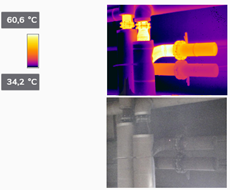
Future Implementation
Åke Andersröd shared that Danogips has already started implementing some of the proposed actions, beginning with easy insulation improvements. The team remains committed to continuously implementing the remaining measures, with no fixed timeline set for completion.
What is TIPCHECK?
TIPCHECK is a standardized thermal energy auditing tool, in line with EN 16247 and ISO 50002, to evaluate the performance of industrial insulation systems. It stands for Technical Insulation Performance Check. It evaluates insulation systems of existing facilities, planned projects or retrofits and demonstrates how more efficient insulation could save energy, save money and contribute to a cleaner environment through reduced CO2 emissions. In addition to energy efficiency potentials, TIPCHECK can also help to identify process efficiency improvements and safety risks to personnel and equipment.
The experiences of Danogips illustrate the significance of TIPCHECK audits and energy-saving initiatives in industrial sustainability. By proactively identifying areas for improvement and implementing eco-friendly measures, industries can make remarkable progress toward reducing their carbon footprint and preserving the environment. Embracing change and taking proactive steps towards sustainable practices is the way forward for a greener and more eco-conscious future.



